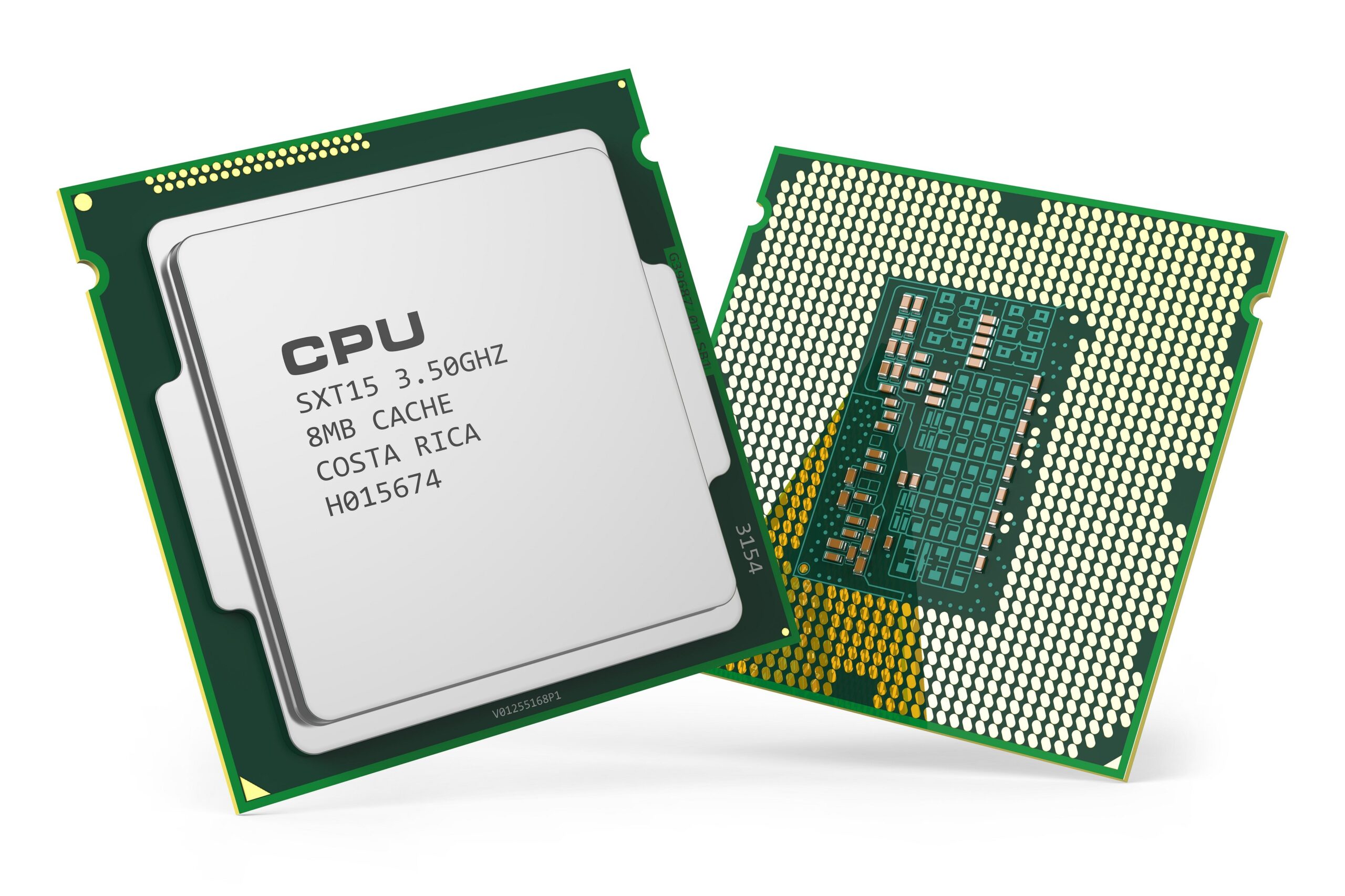Sometimes situations appear, when we must use a computer, which is a great distance from us. For example, to repair something on a friend’s computer or copy information, which we forgot on the home computer. Now, this is possible due to the Internet. In this article we will talk about how we can connect to another computer with the help of the Internet, and get full access to all resources.
In order to connect via the Internet to another computer, we can use the «Remote Desktop Connection (Desktop at a distance)» function. This function is included in the Windows operating system, only that its configuration is complicated and has a few limitations. We will analyze how to connect using the TeamViewer program.
The TeamViewer program is completely free for non -commercial use. It can be downloaded from the website of the manufacturer TeamViewer.com.
Prepare the computer you will connect to via the Internet
First of all, you have to prepare the computer, to which you will connect via the Internet. Download and install the TeamViewer program.
The installation process is the usual one. During the installation, a window will appear, in which you have to activate the functions «Installation to Access This Computer Remotence (UNATENDED)» and «personal / noncommercial use».

Then you have to press the «Accept – Finish» button. After that the TeamViewer program will install and immediately start. At the first start of the program you will need to configure uncontrolled access to the computer.

In the first stage of the configuration you will need to enter the computer name and password. We enter this data and press the «Next» button.

Then you will be asked to create an account. This step can be omitted, you don’t necessarily have to create an account. Check «i don want to create a TeamViewer Account Now» and press the «Next» button.

So now, the setting of unauthorized access is completed. In the last window you will see ID (computer identification number).

This ID is used as a password for connecting to your computer. Copy it or write it in a safe place.
We connect to another computer via the Internet
After you have prepared a computer for connecting (you have installed and configured TeamViewer), you can move to the main computer, with which you will connect.
Start installing the TeamViewer program on the computer, with which you will connect to the distance computer. In the installation window you must check the «basic installation» function and «personal / non-commercial use».

Then the TeamViewer program will be installed and start. On the computer, from which you will connect, you do not need other configurations.
To connect to another computer via the Internet, you must enter «Partner ID» (computer ID, which I received after setting uncontrolled access) and pressing the «Connect to Partner» button.

Then the program will request a password.

We enter the password, which we entered during the configuration of unauthorized access and press the «Log On» button. So, now you will be able to see the desktop of the computer from a distance, which you have connected via the Internet.
Conclusion
Being able to access a remote computer over the Internet is an enormously practical capability — useful for troubleshooting a friend’s PC, retrieving forgotten files, or administering a distant workstation. Windows’ built‑in Remote Desktop Connection (RDC) provides a native option that is powerful and secure, but its setup and network requirements (firewall rules, port forwarding, edition limitations) can be barriers for many users. That’s where third‑party tools like TeamViewer shine: they simplify connection by handling NAT traversal, security, and session setup for you, enabling near‑instant remote control with minimal configuration.
TeamViewer and similar services trade some manual control for ease and speed, offering features such as file transfer, session recording, chat, and multi‑platform support (Windows, macOS, Linux, mobile). For ad‑hoc support and personal use, these conveniences usually outweigh the downsides. However, it’s important to mind security and privacy: use strong, unique access credentials, enable two‑factor authentication, only grant access to trusted people, and close sessions when finished. For enterprise scenarios, consider VPNs, properly configured RDC, or managed remote‑access solutions that give finer control and auditing.
In short, remote access is a powerful tool when used responsibly: choose the method that balances convenience and security for your situation, and always protect your systems with good access policies and safe practices.
latest posts published

5k player-love of another audio/video reader

Search Lookeen 10 desktop replaces Windows Search

How to improve battery life in Samsung Galaxy S6

The perfect game pc in the test – What should really be able to do

How many cups of the CPU really need it

What is the modern configuration guest?

Why do memory stick folders appear as shortcuts?

O & O & Partitionation Particione Profession in version 3

How to find the right calendar app


